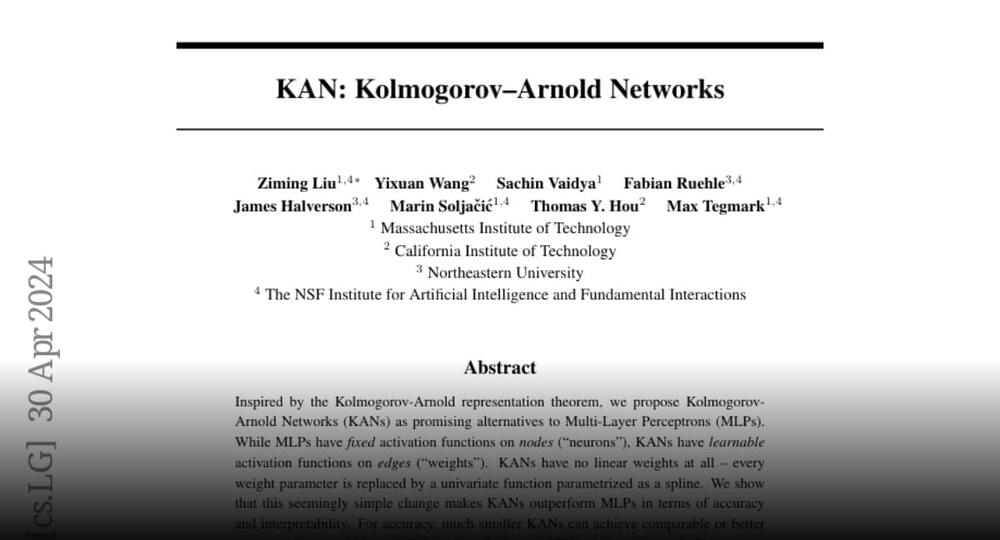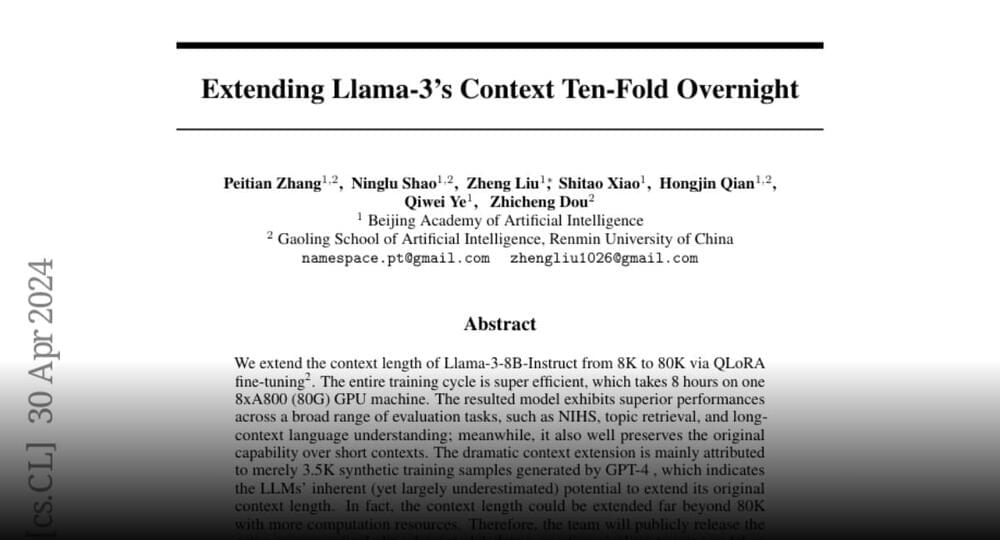Storm drains can be a causeway of disaster for our oceans and bays, because trash and organic debris can travel through the pipelines, polluting the waterways on the other side.
Fortunately, a program in Florida could serve as a model for other communities in cleaning up the drains and preventing harmful pollution from soiling the environment.
The solution is from Miami-based Stop Ocean Pollution Technologies, or SOP. They were selected by the North Bay Village to install up to 50 unique drain filters that utilize an “upper flow of water through the screen, which will allow it to continue to flow even as debris is collected,” according to a report from NBC6 South Florida, the network’s local affiliate. Keeping the drains clear can also prevent flooding.






